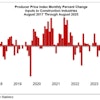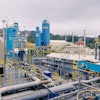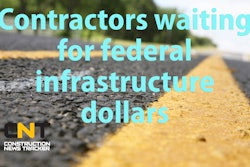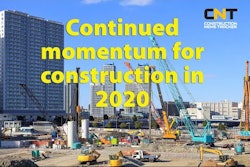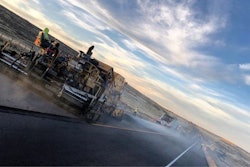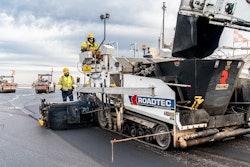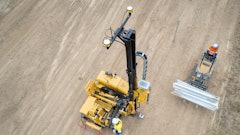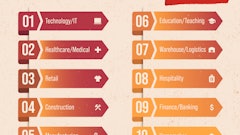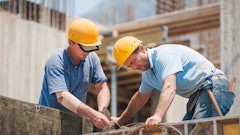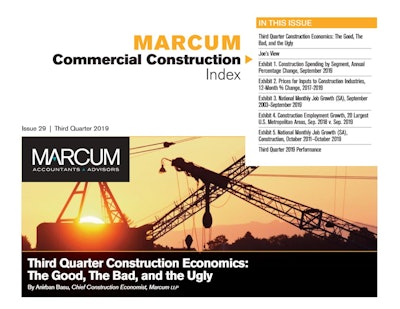
The Marcum Commercial Construction Index for the third quarter of 2019 finds the industry in overall good health as 2020 approaches, despite some causes for concern. Entitled "The Good, The Bad, and The Ugly", the report is produced by Marcum LLP’s Construction Services Group.
The Good
On the positive side, Marcum’s third quarter index points to increased public construction spending, growing backlogs, falling input prices, the ongoing U.S. economic expansion, a strong construction labor market, and interest rate cuts as key factors sustaining the construction industry’s momentum. Highlights noted include:
- A 1.5% increase in public construction spending in September and a 6.6% increase year-over-year.
- An average backlog of 10.4 months in the infrastructure category, outpacing the commercial and heavy industrial categories.
- A 0.6% decline in construction input prices in September and a 1.7% year-over-year decline.
- New-jobs rate in 17 of the 20 largest Metropolitan Statistical Areas matching or exceeding the new-jobs rate nationally.
- A third cut in interest rates by the Federal Reserve, sparking residential construction and fueling consumer spending.
“Despite the lack of a coherent federal infrastructure strategy and the looming insolvency of the Highway Trust Fund, there is no recession in infrastructure spending in America,” wrote Anirban Basu, Marcum’s chief construction economist and author of the report. “The five fastest expanding segments are all primarily publicly financed, while ten of the eleven slowest growing segments are primarily privately funded, including the commercial segment, which encompasses retail space.”
The five fastest growing construction segments in the third quarter included: Water Supply (+20.2%), Sewage and Waste Disposal (+18.0%), Public Safety (+8.5%), Highway & Street (6.4%), and Transportation (+5%).
The Bad
In contrast, the report identifies several factors related to construction employment putting downward pressures on the industry. These include the continued lack of qualified construction workers to fill a historic high level of available construction jobs, which in turn is driving labor costs and producer prices higher. Key indicators in these areas include:
- 379,000 (4.8%) unfilled construction jobs in August, the highest level in 19 years.
- Construction producer prices up 5+% in the Midwest, West and Northeast.
- 2% year-over-year job growth in October, the slowest gain since 2012.
In addition, the quarter also saw a marked softening in private nonresidential construction, which declined 5.7% on an annualized basis.
“Demand for human capital remains high. According to Associated Builders and Contractors’ Confidence Indicator, more than 59% of surveyed contractors intend to increase staffing levels during the six-month period from the onset of 2019’s final quarter to the end of 2020’s first,” Basu writes.
The Ugly
Debt levels – corporate, governmental, and consumer – have risen massively, says the report, due to the low interest rate environment and continued economic confidence. But while businesses have begun to slow their spending, consumers haven’t, which will translate into slower job growth and higher consumer exposure, the report predicts.
“When the current administration in Washington, D.C. first entered the White House, uncertainty facing many businesses declined, regulations were withdrawn, corporate earnings surged, markets rose, employment growth accelerated, and consumer spending took off. Today, the situation is far different, with Americans struggling to understand the impact of trade disputes, hearing considerable chatter regarding recession and looking ahead to next year’s national elections,” Basu says.
Looking Ahead
Basu sees a confused outlook for the economy. He notes a sputtering global economy and pending recession in the U.S. manufacturing sector, against a surging stock market, strong corporate earnings, hopes for a trade deal with China, and three Federal Reserve rate cuts.
“Given the susceptibility created by enormous levels of indebtedness and elevated asset prices, there is still a chance that the economy will enter recession late next year or in 2021, which would create a new breed of challenges for many contractors at some point in 2021-22,” he cautions.
For the complete Marcum Commercial Construction Index, visit www.marcumllp.com/construction.


